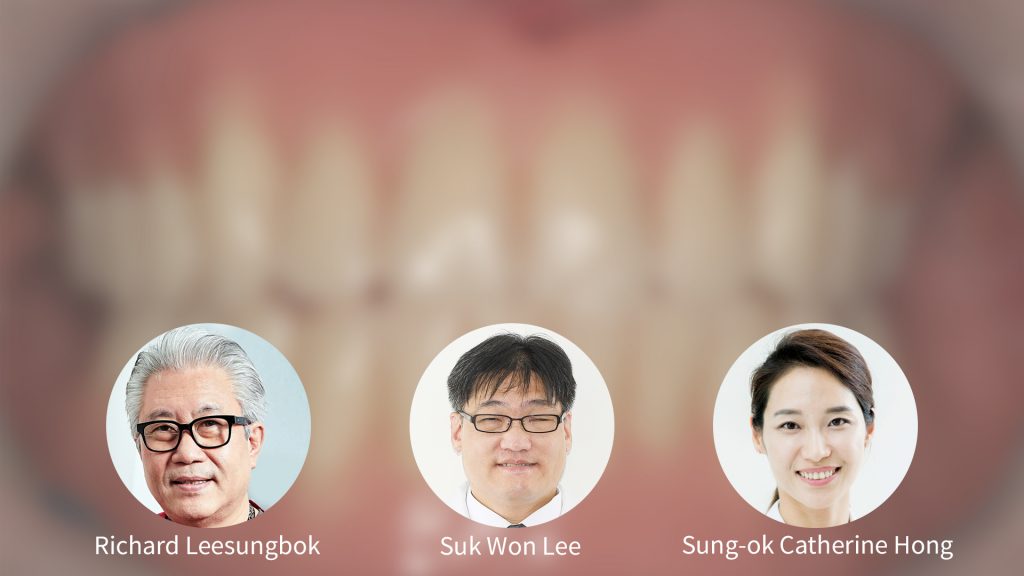Restoring function and esthetics using titanium or ceramic implants are arguably the two main goals of dental implant therapy. While assessing osseointegration is relatively straightforward in daily clinical practice by tapping on implants or using more sophisticated methods such as applying ISQ values, measuring esthetics, however, is much more complicated.
Aside from patient feedback – a relatively subjective approach that is not always in line with the clinician’s perception – there are currently no generally accepted tools available to assess esthetics. In particular when taking a more evidence-based approach to assessing factors that influence the esthetic outcome as well as analyzing the final results, the process is challenging.
The ITI journal Forum Implantologicum took up the challenge and published a series of articles that tackle various aspects of esthetics in implant dentistry based on the scientific evidence available. Written by four renowned author teams, the articles provide a comprehensive digested summary of the current status quo.
To read all the articles click the button or on the individual article titles below.

In their article “Relevant Variables for Esthetic/Functional Outcomes of Dental Implant Prostheses for Elderly Disabled Patients”, Prof. Leesungbok and his team set an ambitious goal of 100 years of healthy oral function. The most frequent oral dysfunction among the elderly aged 65 or older is related to missing and mobile teeth. At the same time, constant oral healthcare is central to maintaining healthy functioning. The article looks at the pros and cons of, among others, removable dentures, fixed bridges and minimally invasive implant treatment for elderly disabled patients and concludes with recommendations for the best choice of prosthodontic treatment.

The article “The Benefits and Limitations of Zirconia as a Restorative Material for Fixed Restorations Supported by Dental Implants” by Dr. Marchand et al. looks at zirconia as an implant restoration material specifically known for its “esthetic” characteristics. Zirconia is an excellent material for fixed implant-borne restorations due to its wide clinical indication spectrum, versatile mechanical and optical properties, and flexible manufacturing processes. The authors are clear, however, that the optimal long-term survival of the restoration depends on a highly qualified and knowledgeable restorative team.

In their article “Clinical Variables for Successful Esthetic Outcomes of Implant Prosthodontics”, Prof. Gallucci, Dr. Pedrinaci and co-authors highlight the key factors that have been clinically and scientifically demonstrated to optimize and favor long-term stability for implant esthetic outcomes. They refer to the recently revised Esthetic Risk Assessment (ERA) as a valuable educational, treatment and communication tool that should be considered as the gold standard when clinicians strive for state-of-the-art treatment planning in the esthetic area.

Finally, Prof. Wittneben and co-workers summarize the current status of the assessment of the esthetic outcome for dental implant restorations, including an overview of available esthetic indices such as the pink esthetic score, white esthetic score and crown implant esthetic score. The article “Assessment of the Esthetic Outcome of Dental Implant Restorations” provides a general overview and recommendations for use of the tools available today.
Forum Implantologicum is the ITI’s peer-reviewed online journal that aims to provide its readership with pertinent scientific information on topics of current relevance translated into the context of daily clinical practice: Evidence-based clinical content written by experts in the field for practitioners seeking excellence in all things implant dentistry.





